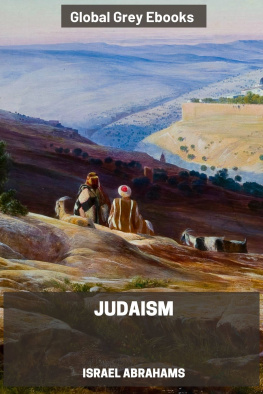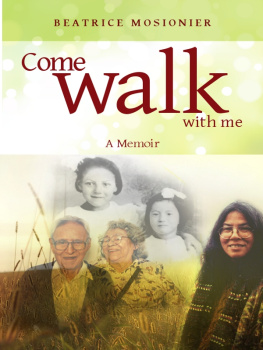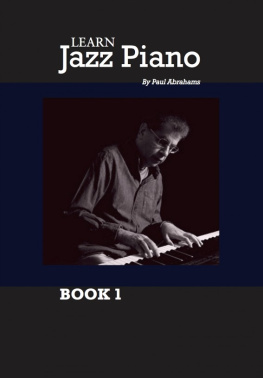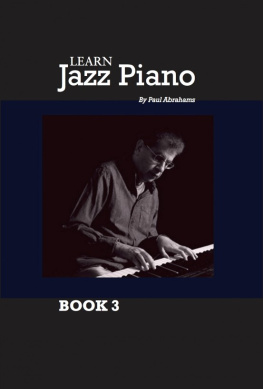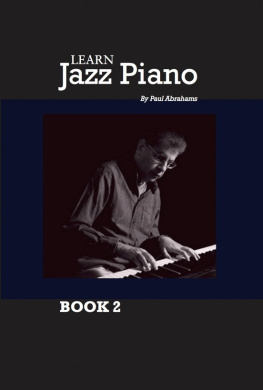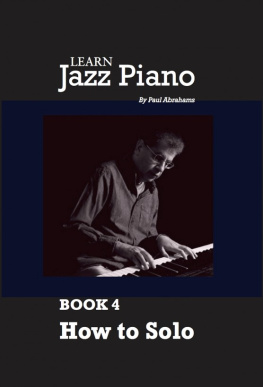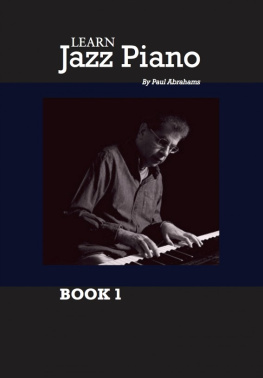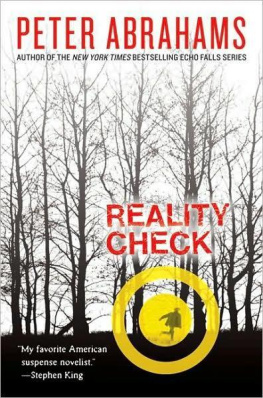PREFACE
The object of this book is to give a continuous account of the dress worn by the people inhabiting Greek lands, from the earliest times of which we have any record down to the Hellenistic age. The first chapter stands somewhat apart from the rest, since it deals with the costume of the race which occupied the gean shores before the real Hellenic races arrived on the scene, and of which we have abundant remains in Crete and elsewhere within the gean area. The remains found at Mycen, Tiryns, and other so-called Mycenan sites, seem to be the last efforts of this dying civilization, which was replaced in the period of invasion and conquest recorded in the Homeric poems. I have been unable to trace any continuous development from the dress of this pre-Hellenic people to that of classic Greece, and the marked difference in the type of costume between the two periods bears out the theory of a difference of race.
I have endeavoured to show that the dress described in the Homeric poems is of the same type as the dress of classic Greece, and of this I have traced the historic development, classifying it into two main divisions, namely, Doric and Ionic. The simple and severe Doric dress contrasts with the more luxurious costume of the Ionian Greeks, although there are many instances, from the fifth century and onwards, in which the two styles are blended. I have noted also the elements which probably came in from Northern Greece; these are chiefly the chlamys and petasos.
The bulk of the following pages constituted a thesis approved for the degree of Master of Arts in the University of London. In revising the work for the press, however, some alterations and additions have been made. The chief of these is the addition of the section on the toilet; the illustrations have been carefully selected from extant monuments.
My sources for the chapter on pre-Hellenic dress have been mainly the finds of Mr A. J. Evans at Knossos, which I had the opportunity of seeing in the Candia Museum; these have been supplemented by the figures found at Petsofa, in Crete, and by various Mycenan objects, notably rings and gems. The papers published by Mr Evans and Mr J. L. Myres in the British School Annual have been of very great value.
For the chapter on Homeric dress, my chief authority has been the poems themselves; in the absence of contemporary monuments, I have used the Franois vase to illustrate this section, since the figures upon it seem to tally most closely with the descriptions of dress found in the poems. Of modern literary authorities, the most valuable has been Studniczkas Beitrge zur Geschichte der Altgriechischen Tracht.
For the dress of the classical period, the evidence from extant art is abundant, and I have based my study chiefly upon it. Sculpture and vase-paintings have furnished the majority of my illustrations. I have noted many references to dress scattered up and down the ancient authors, and a passage from the fifth book of Herodotus has furnished a starting-point for the classification into Doric and Ionic dress.
My theory as to the shape and cut of the himation worn by the archaic ladies in the Acropolis Museum at Athens is, I think, a new one; it is based on a very careful examination of the statues, supplemented by some practical experiments in draping a living model.
For the sections on head-dress, materials, and footgear, I have referred to passages in ancient literature, and have used extant remains for illustrations, chiefly vase-paintings; except in the case of materials, for which I have cited the actual fragments of fabric found in Greek tombs at Kertch, in the Crimea.
In describing individual garments, I have in each case suggested dimensions and given diagrams, which, it is hoped, may be of practical use to those who wish to make Greek dresses for themselves.
Throughout the work, in addition to ancient authorities, I have consulted the various articles in the current classical dictionaries. These include Pauly-Wissowas Real Encyclopdie, Daremberg and Saglios Dictionnaire des Antiquits grecques et romaines, Smiths Dictionary of Greek and Roman Antiquities, Gardner and Jevons Manual of Greek Antiquities, and the Companion to Greek Studies. Other works, to which single references have been made, are mentioned in the footnotes.
In addition to written authorities, I have received personal help from several scholars and friends, to whom I should like to express my thanks.
In the first place, I should like to acknowledge my indebtedness to the Reid Trustees of Bedford College, who elected me to a Fellowship in 1905, which enabled me to work for my second degree, and to spend some months in Greece as a student of the British School at Athens.
The suggestion that a thesis on the subject of Greek Dress might be of some value beyond getting me a degree, was due to Mr A. B. Cook, of Cambridge, under whom I had already worked for three years at Bedford College, and whose constant readiness to stimulate my leanings towards Archology encouraged me to continue my studies in that direction. Mr Cook very kindly read this work in manuscript for me, and gave me the benefit of his criticisms. I owe a very great deal, also, to Professor Ernest Gardner, of University College, London, whose M.A. courses I attended regularly for two years, and from whom I constantly received help and guidance.
While in Athens, I devoted my attention chiefly to the dress of the archaic statues in the Acropolis Museum, and had the opportunity of discussing this subject with Mr R. C. Bosanquet, then director of the British School. I must also thank Herr Fritz Rhrig, the German sculptor, who placed his studio in Athens at my disposal, and procured a model for me, for the purpose of making my first experiments in reproducing the archaic style of draping the himation.
Special acknowledgments are due to Mr A. J. Evans, Mr J. L. Myres, and the Committee of the British School at Athens, for their courtesy in allowing me to reproduce subjects published by them in the British School Annual; to the Trustees of the British Museum, for permission to secure photographs of objects in the Museum for publication; to Mr Cecil Smith, for giving me free access to the library of the Department of Antiquities; and, particularly, to Mr H. B. Walters, who went through the illustrations with me, and greatly facilitated the task of securing suitable ones.
Lastly, my grateful thanks are due to Mr John Murray, for undertaking to publish the book, and to Mr A. H. Hallam Murray, for his constant courtesy and assistance during the progress of the work of publication.
E. B. A.
July 1908.



